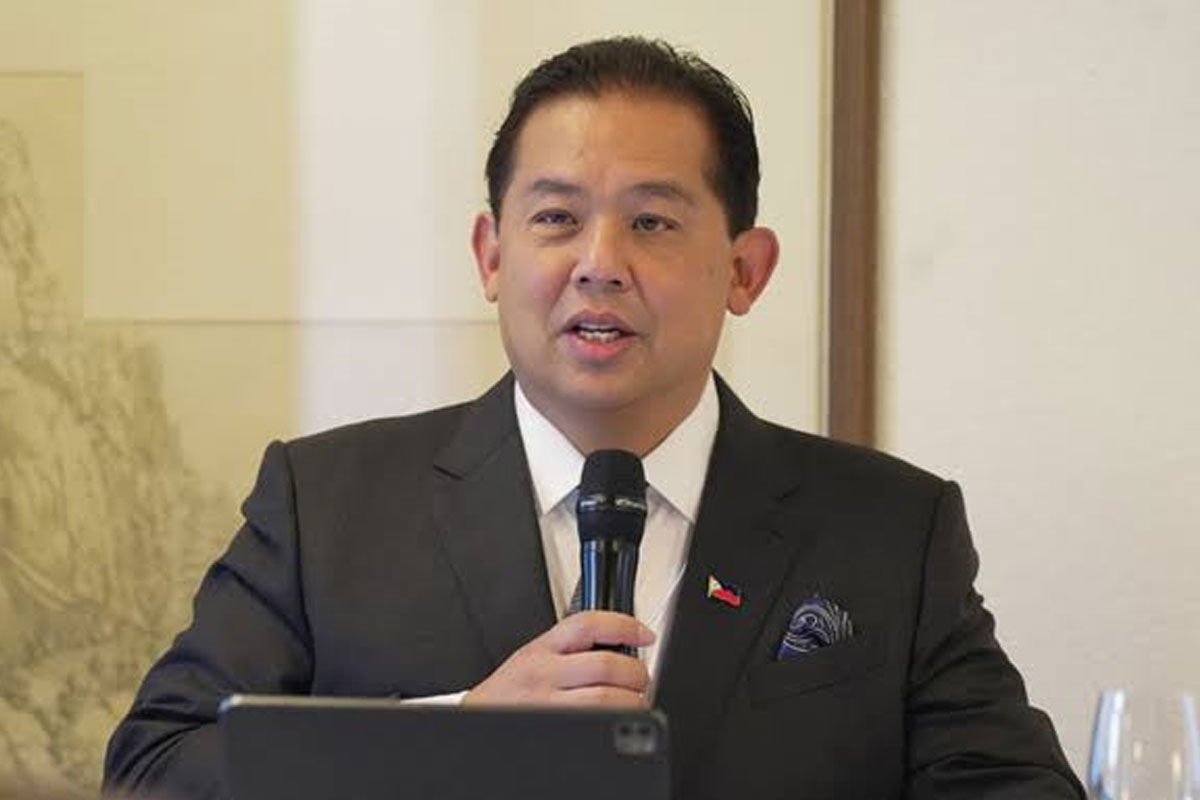
Climate change
ADMITTEDLY, the Philippines is among the world’s countries most vulnerable to and at high risk for climate change impacts, including rising sea levels and temperatures.
As a result of the worsening of climate change, there’s also the increased frequency of extreme weather events in this Southeast Asian nation of more than 100 million people.
And note that the Philippines lies in the world’s most cyclone-prone region, averaging 19-20 powerful typhoons and storms a year, of which seven to nine make landfall.
That’s why the authorities should be commended for committing to reduce our greenhouse gas (GHG) emissions by 2030 although we are not a major source of these discharges.
The Philippines’ nationally determined contribution (NDC) has set a 75 percent GHG emission reduction and avoidance target in the country’s agriculture, waste industry, transport and energy sectors.
The Department of Environment and Natural Resources (DENR) hopes foreign sources could help fund the provision of high-tech composting facilities in the country to boost GHG emission reduction efforts.
At the same time, the DENR, through Albert Magalang, urged households to segregate waste to help the country meet its GHG emission target under the Paris Agreement on Climate Change.
Segregation will enable households to recover waste for composting, according to Magalang, chief of the DENR climate change information and technical support division.
Without waste segregation, composting won’t be successful, he said, adding methane is among the GHG emissions that make global temperatures rise and change the climate.
By segregating our waste and composting, we are on track addressing climate change.
























